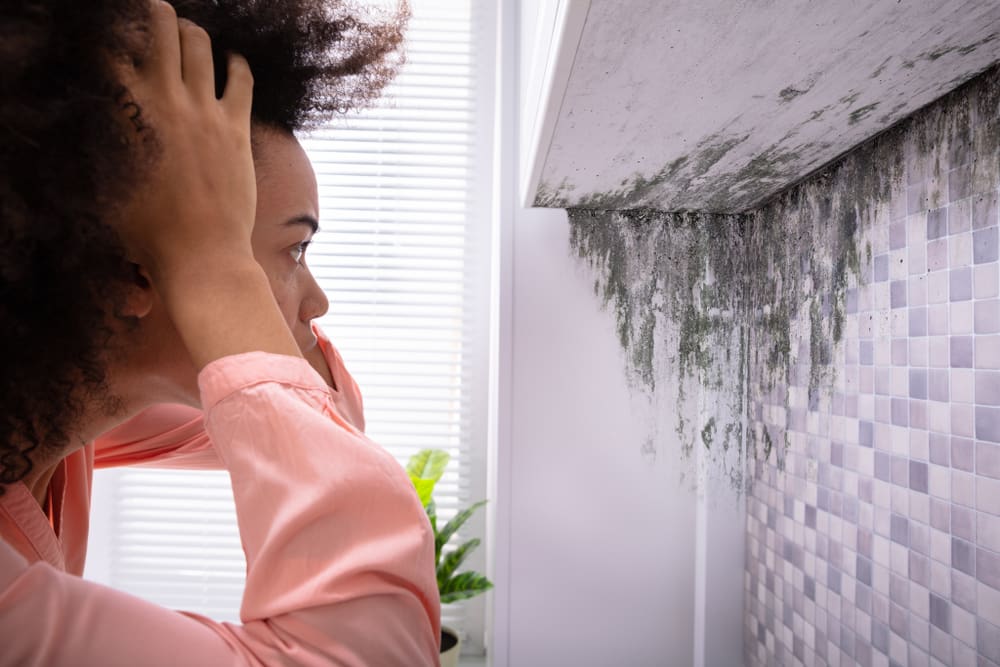Mold is a common yet troublesome guest in many homes, often lurking in damp corners, spreading quietly, and potentially harming your health. Understanding how to effectively eliminate mold and prevent its return is crucial for maintaining a safe and comfortable living environment. This comprehensive guide will take you through the necessary steps to rid your home of mold, ensuring it remains a healthy space for you and your family.
What is mold?
Mold refers to various types of fungi that grow in filaments and reproduce by forming spores that can travel through the air. The presence of mold is typically detected by its musty odor and appearance as spots of various colors, including black, white, orange, green or purple. Mold thrives in moist environments and can appear in areas such as bathrooms, kitchens, basements or any place where moisture levels are high.
Health risks associated with mold
Exposure to mold can pose several health risks, ranging from mild allergic reactions to severe respiratory issues. Common symptoms include sneezing, coughing, throat irritation, nasal congestion, and in more severe cases, asthma attacks. For individuals with compromised immune systems, mold exposure can lead to more serious infections. Therefore, removing mold promptly from your home is essential for maintaining good health.
Identifying mold in your home
Signs of mold infestation
To tackle mold effectively, you first need to identify its presence in your home. Common signs include:
- Visible growth on walls, ceilings or corners
- Persistent musty odors
- Excessive humidity
- Condensation on windows and pipes
- Water leaks or past flooding history
Natural solutions for mold removal
Vinegar and Baking Soda
Natural remedies can be effective for mild mold problems. White vinegar, for example, can kill up to 82 percent of mold species. Spray vinegar on the moldy area, leave it for an hour, then wipe clean. Similarly, a paste of baking soda and water can be applied to moldy surfaces to scrub away growth and absorb moisture.
Chemical methods to remove mold
Commercial mold removers
When natural methods fall short, commercial mold removers can be a potent solution. These products often contain bleach or other chemicals that effectively kill mold spores. It’s crucial to follow the manufacturer’s instructions and ensure adequate ventilation when using these products to prevent inhaling toxic fumes.
Preventing mold in your home
Strategies for a mold-free environment
Preventing mold is as important as removing it. Key strategies include:
- Maintaining low humidity levels (ideally between 30-50 percent)
- Ensuring proper ventilation, especially in high-moisture areas like bathrooms and kitchens
- Fixing leaks in roofs, windows and pipes promptly
- Using mold-resistant products for home repairs and renovations
When to call a professional
Mold remediation services
In cases of severe mold infestation or if you are sensitive to mold, it may be best to contact professional mold remediation services. These experts have the tools and techniques to safely and thoroughly remove mold from large areas or from within HVAC systems, ensuring that it does not return.
Mold begone
Mold in your home should not be taken lightly due to its potential health risks and the damage it can cause to your property. By following the steps outlined in this guide — from identifying the signs of mold to utilizing both natural and chemical removal methods — you can ensure your home remains a safe and clean environment. Remember, preventing mold growth is just as crucial as removing existing mold. Regularly check your home for signs of moisture accumulation and address any issues promptly. Should the problem surpass typical household solutions, do not hesitate to call in the professionals. Keeping your home mold-free is not just about cleanliness; it’s about ensuring the health and well-being of everyone who lives there.
This story was created using AI technology.







One Response
There is MOLD in virtually every Shower Head that gets to your lungs in a hot steamy shower. Remediation companies win the battle but lose the war if they are not addressing Shower Heads. Just look up at the one you are using. If you see the tell tale signs on the outside, the inside is infested.